
"More than 110 witnesses have reported a large blue-green fireball over Southern California on Februray 11th around 6:35am PT (14:35 UT)," the AMS says online. "The fireball was seen primarily from California but witnesses from Arizona also reported seeing the fireball."
The eyewitnesses include Francis French, education director at the San Diego Air & Space Museum. He saw the meteor while he was driving to work on state Road 94.
"The front of the light looked like the arc of a welder's torch; it was blue and incredibly bright," said Francis French, education director at the San Diego Air & Space Museum in Balboa Park. "And it had a yellowish tail that was very textured."
Another eyewitness, Harold McManus, said, "I was accessing Sunset Cliffs via Pt. Loma Nazarine University campus. I was on the bluffs about to climb down to the beach when I saw it. It came in from the north almost horizontal. It had a slight downward accent as it headed to the south. I was looking west over the ocean.
" It was spectacular. Bright green like a welders arc with a long tail and relatively slow moving. It fragmented into several pieces as it died. They looked like little sparks. I looked at my watch as I was going to report it to the AMS. It was 6:37. The sky was starting to get light."
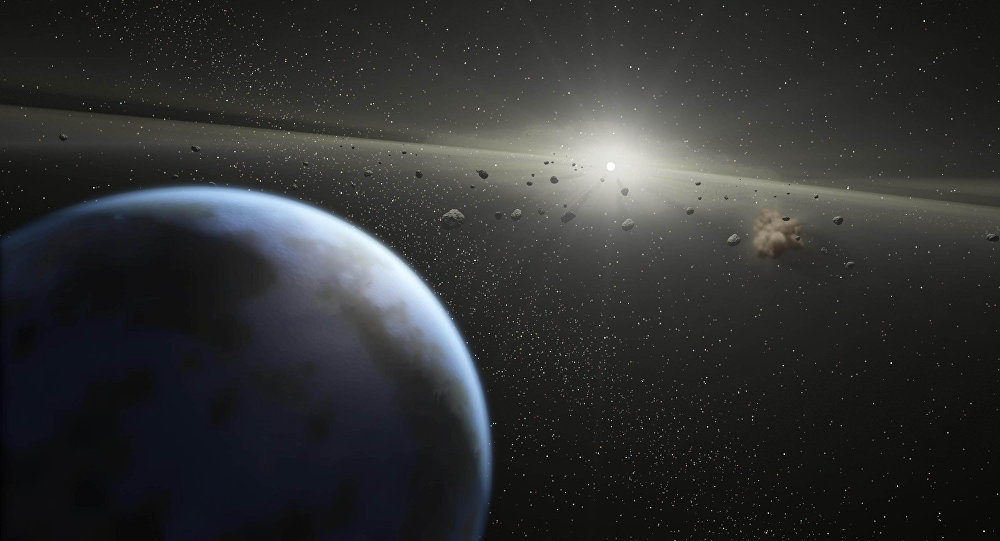
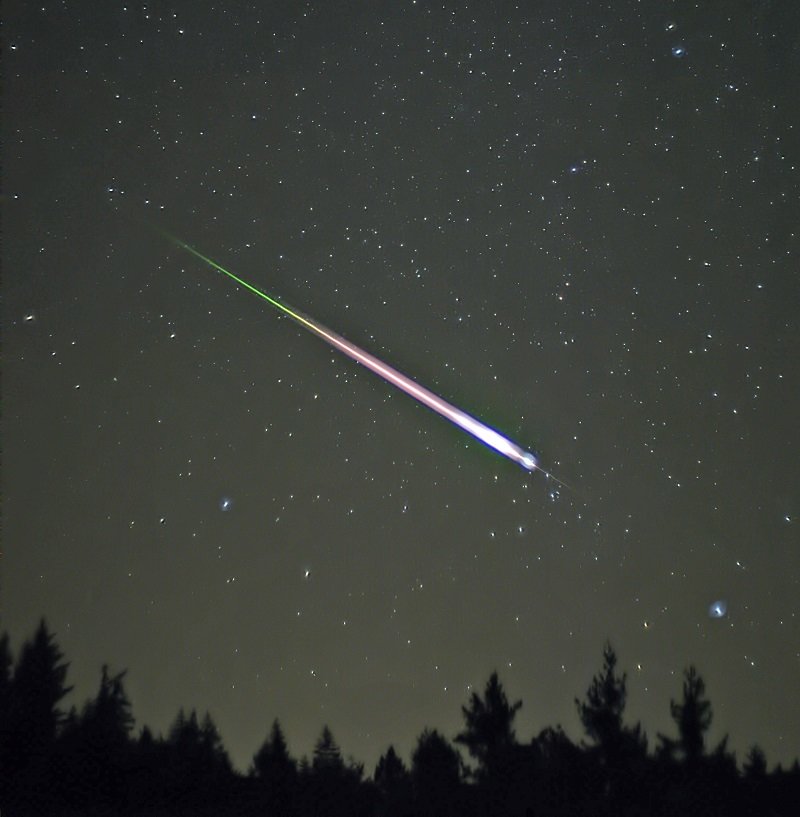
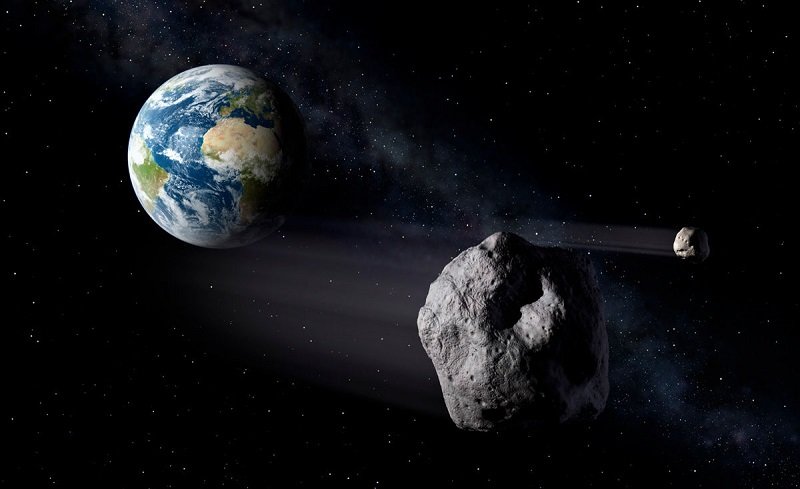

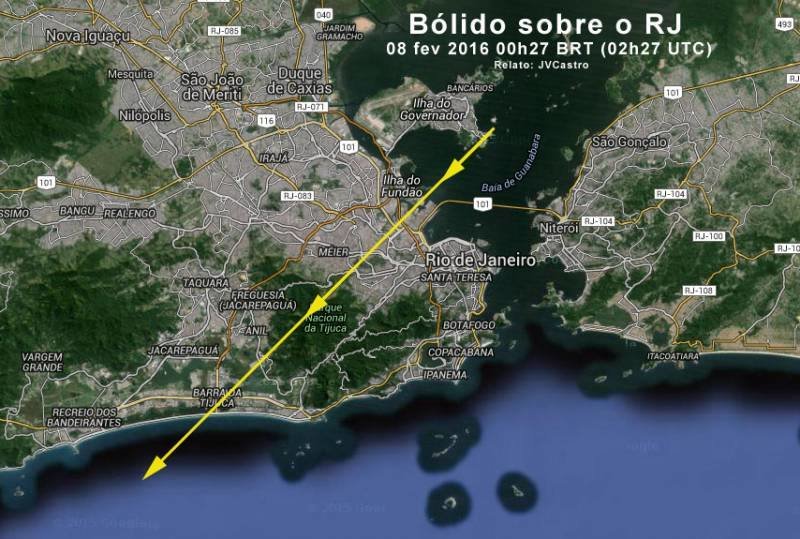
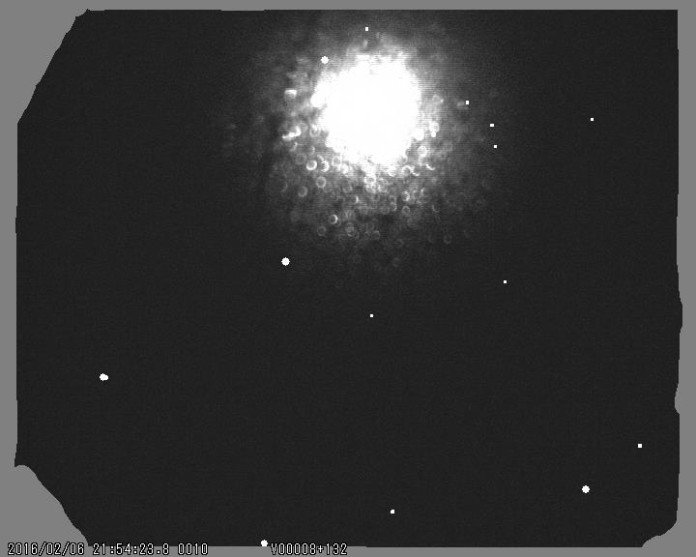
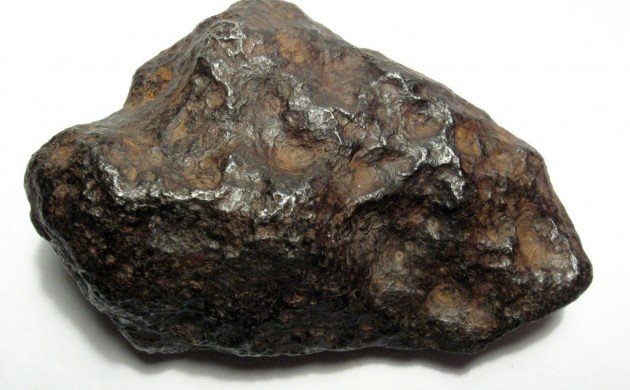

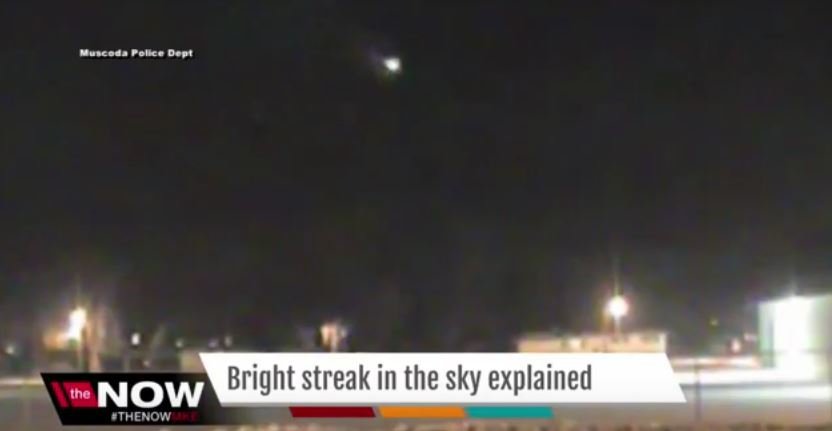
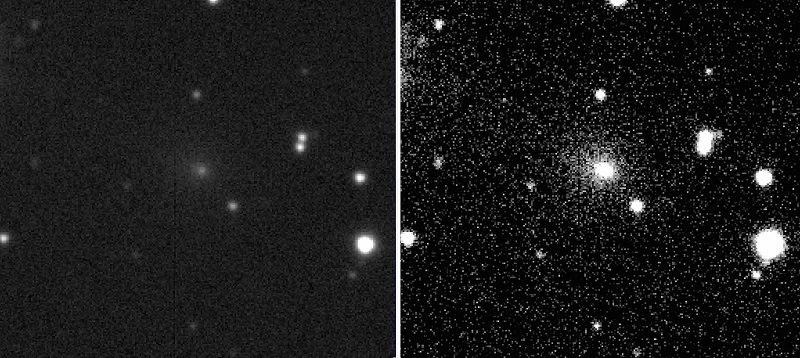



Comment: Video footage taken moments after the overhead meteor explosion that showered meteorites down on the town of Vellore, southern India: